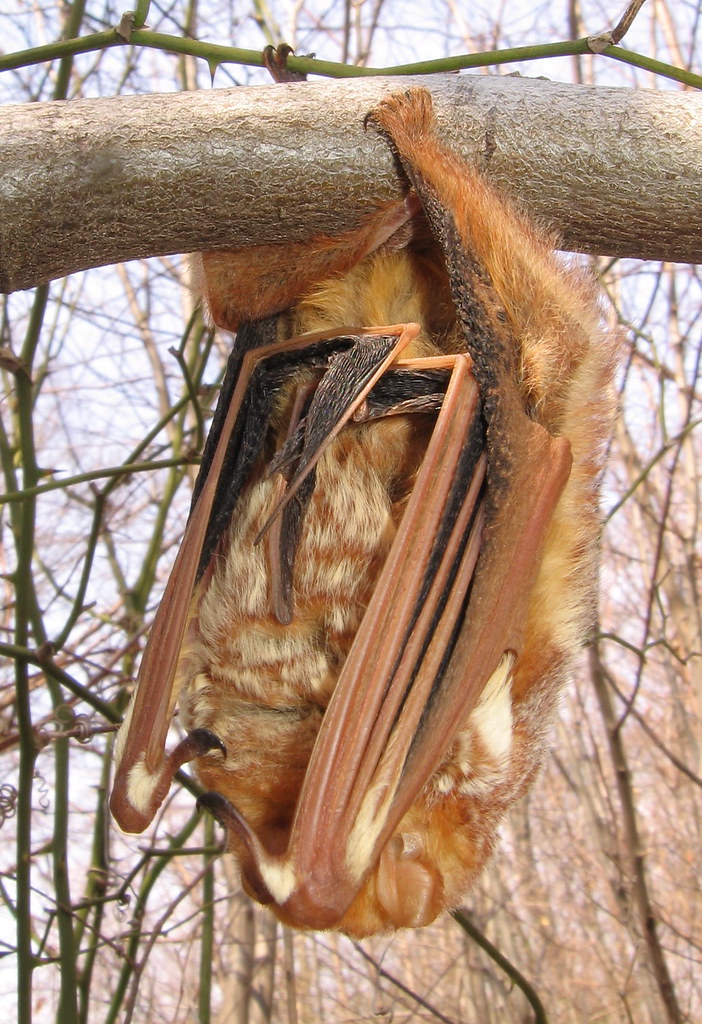We have much more to do and your continued support is needed now more than ever.
Symbol of Success: America’s Bald Eagle and the Endangered Species Act

The bald eagle has been protected for some 95 years, but continued killing was the primary cause for passage of the Bald and Golden Eagle Protection Act in 1940. While that helped, an even bigger challenge in the mid-20th century was the widespread use of DDT, which led to a dangerously low population of 500 or fewer bald eagle pairs in the lower-48 states by 1963. Under the Endangered Species Preservation Act of 1966, a precursor to the Endangered Species Act of 1973, the bald eagle was officially declared an endangered species in 1967.
Road to Recovery
Enactment of the Endangered Species Act and the banning of DDT were both critical actions that lead to the recovery of the bald eagle. With the banning in 1972 of DDT — the cause of egg-shell thinning and breakage — the stage was set for nationwide efforts to recover the bald eagle via the Endangered Species Act.
The U.S. Fish and Wildlife Service lead extensive efforts with the National Wildlife Federation and others to facilitate recovery of the bald eagle. These efforts included captive breeding programs, reintroductions, law enforcement, and nest site protection.
The National Wildlife Federation toured the country with a captive bald eagle named Migisiwa to increase public awareness and support for recovery of bald eagles. We also posted a $1,000 award for anyone providing information leading to conviction for killing a bald eagle.
The National Wildlife Federation undertook efforts in the field to help bald eagles recover in the Chesapeake Bay. We also started the nationwide Midwinter Bald Eagle Survey in 1979 to monitor bald eagle populations, coordinating it until 1992, whereupon it was handed over to the federal government for continuation.

![]() Celebrate the 40th Anniversary of the Endangered Species Act by learning more about Endangered Species Day and threatened wildlife in your state, and spread the word about this incredibly important legislation.
Celebrate the 40th Anniversary of the Endangered Species Act by learning more about Endangered Species Day and threatened wildlife in your state, and spread the word about this incredibly important legislation.





















